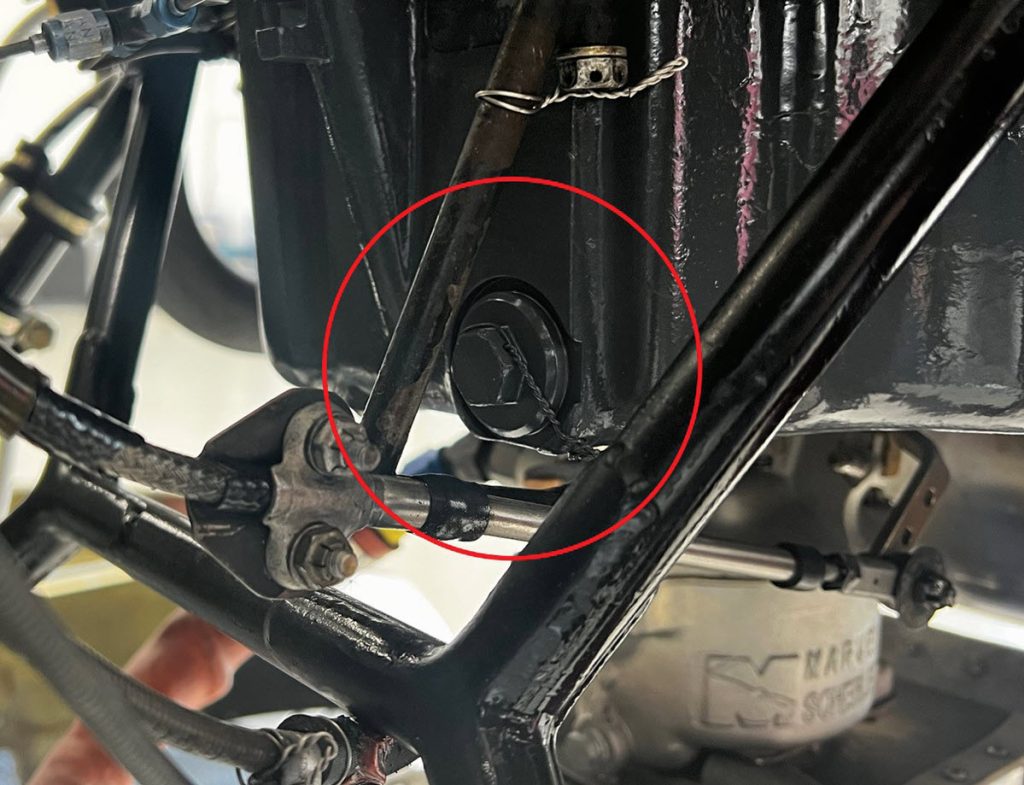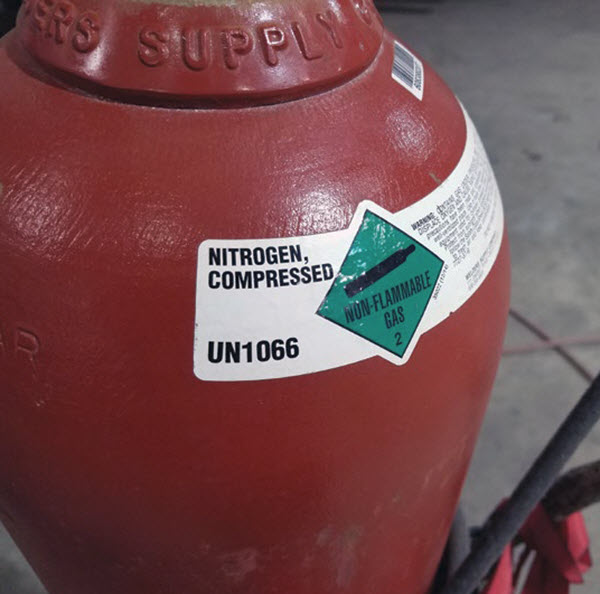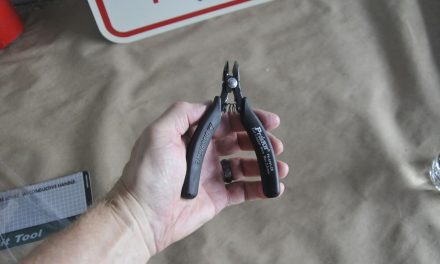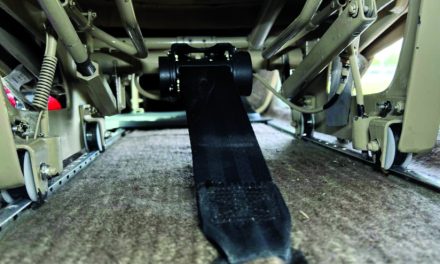By Elizabeth Gibbs
As aircraft owners, we know it’s within our rights to perform our own oil changes as preventive maintenance. But what happens when you take your aircraft in for an annual, and you’ve only flown an hour or two since you replaced your own oil and filter?
Paul New addressed this question in his spring 2022 webinar on lubrication. “If you look at the minimum scope and detail as the inspector, I do have to inspect the filter,” said New. “So while I don’t have to change the oil, I do have to pull the filter off and I do have to inspect that filter. And the only way to inspect the oil filter is to cut it open.”
What if, after only a couple of hours of flight time, the filter is brand new? There more than likely won’t be anything to see in it after just a short couple of hours of flight, and while oil filters are not exactly the most expensive part on the airplane, every Cessna owner likely experienced the oil filter shortage in the summer of 2022.
“Did you cut open the filter? If you did, bring that oil filter to me, so I can see it, and so I have something that’s more worthwhile to inspect than a filter that’s only had an hour on it,” said New. He emphasizes the importance of not only cutting the filter each time you conduct your own oil and filter changes, but also saving it for your mechanic to review as well. While an engine that’s making a lot of metal might show some obvious signs in the filter, it might be worth having a trained eye look over even a clean-looking filter to be sure everything is as healthy as it should be.
The spin-on oil filter is not the only filter on the airplane that owners should be aware of. New lists a few of the additional ones that need to be looked at. “If you have a retractable-gear Cessna, there’s a finger screen inside the power pack. It’s probably never been out of the airplane, and that has to come out as part of the annual inspection. There’s a screen in the carburetor for your fuel injectors that has to be checked. And if you have a Lycoming engine, the screen is going to come out of the bottom of the oil pan.”
That last item is a little tough if you’re trying to save a little time and money avoiding that oil change. New doesn’t encourage the idea of not going ahead and doing that oil change at annual, even if you don’t have much time on your oil and filter since you last did it yourself. Being familiar with the lubrication and filter inspection requirements of your model Cessna can help you to be aware of what will need to be done by the shop during the annual inspection.
Elizabeth Gibbs (writer) and Lyle Jansma (photographer) are private pilots and co-owners of a Cessna 172. When they’re not flying above the beautiful Pacific Northwest, they are working hard designing instrument panels for other Cessna owners. To learn more about upgrading your instrument panel, visit sixpackaero.com.







